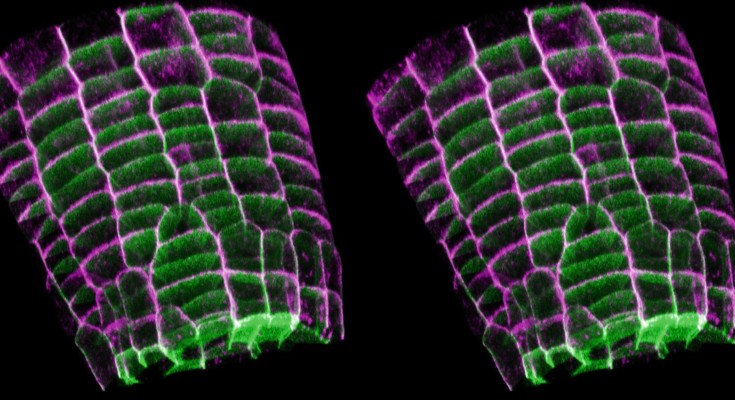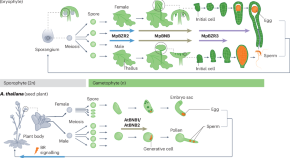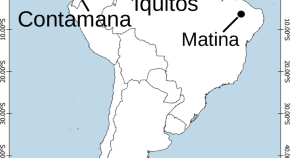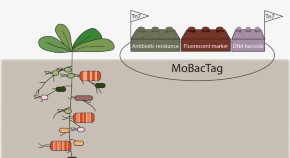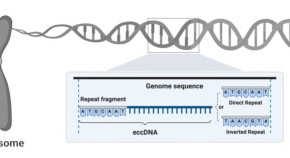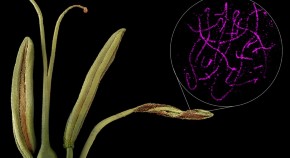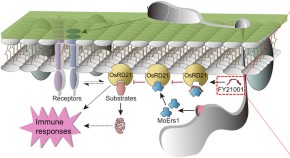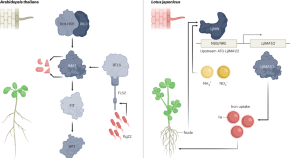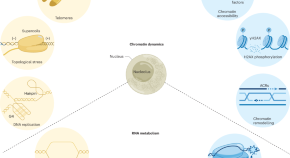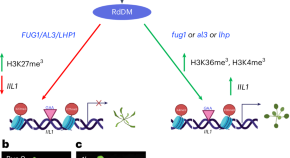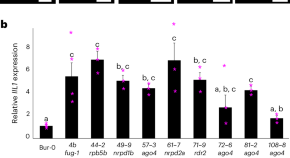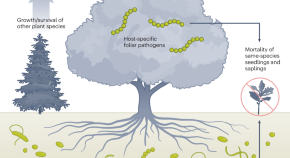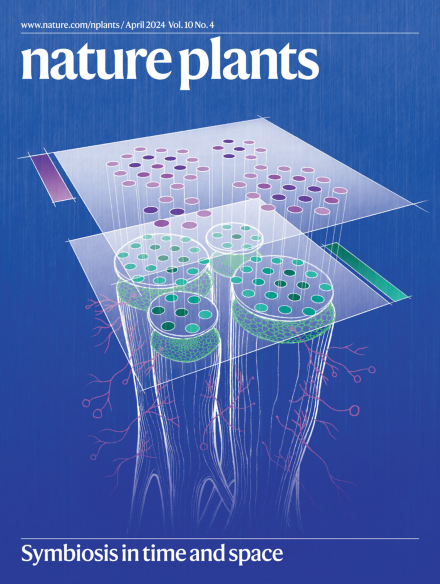
Advertisement
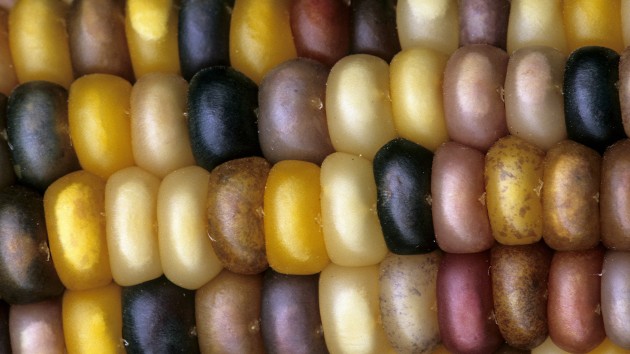
Plant jumping genes: celebrating the legacy of Barbara McClintock
Barbara McClintock was an American geneticist at the Cold Spring Harbor Laboratory, who dedicated her career to the study of hereditary traits in maize.
Trending - Altmetric
-
Redesigning the tomato fruit shape for mechanized production
-
Mycoheterotrophy in the wood-wide web
-
SUMO protease FUG1, histone reader AL3 and chromodomain protein LHP1 are integral to repeat expansion-induced gene silencing in Arabidopsis thaliana
-
Chromatin dynamics and RNA metabolism are double-edged swords for the maintenance of plant genome integrity

